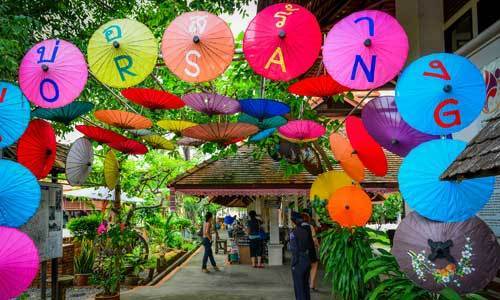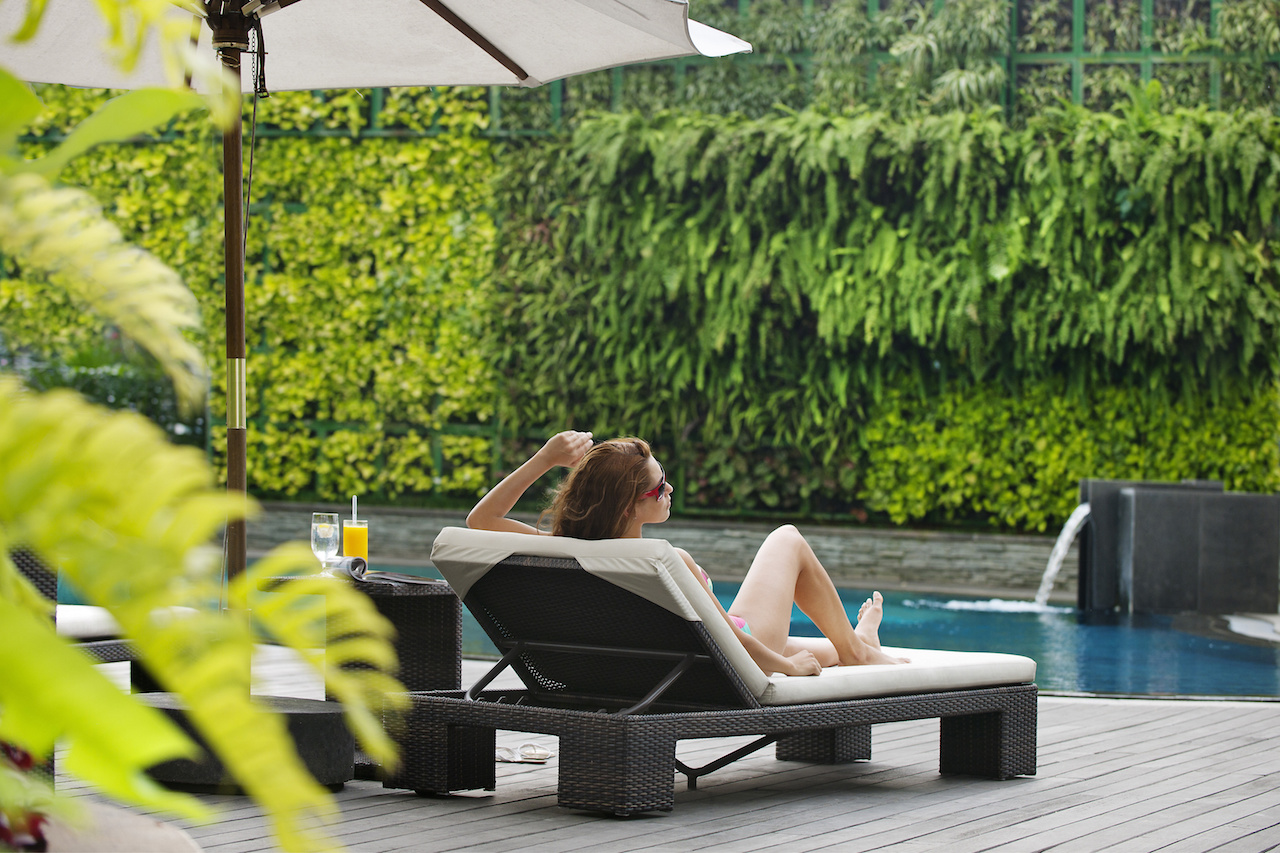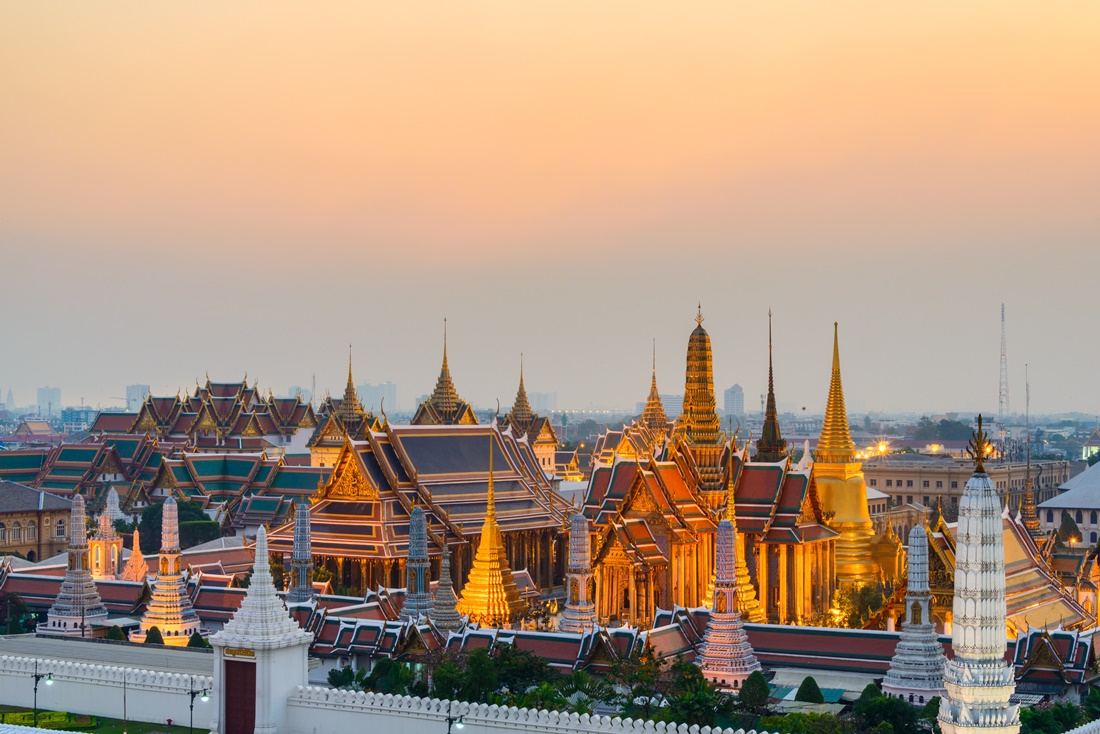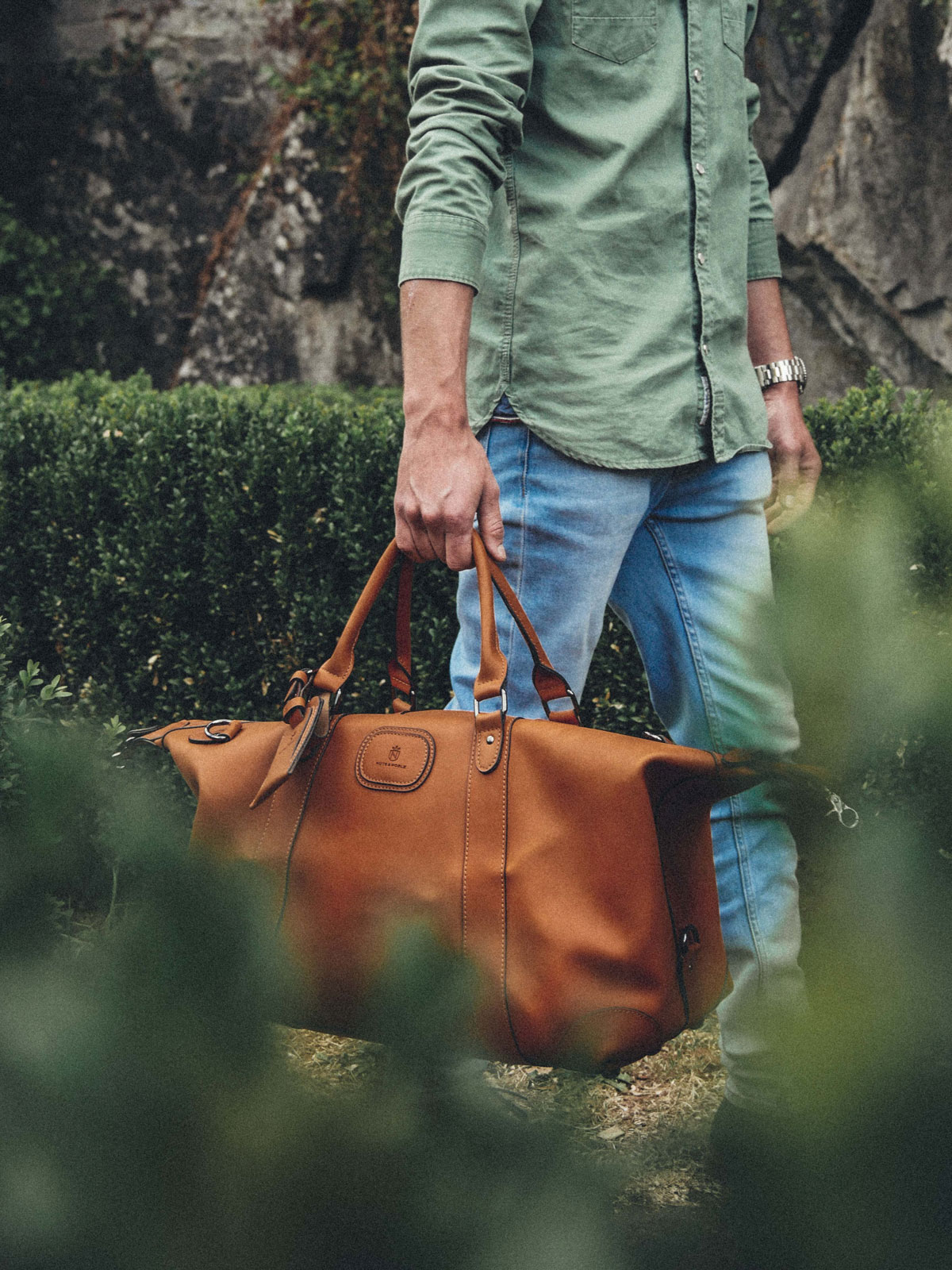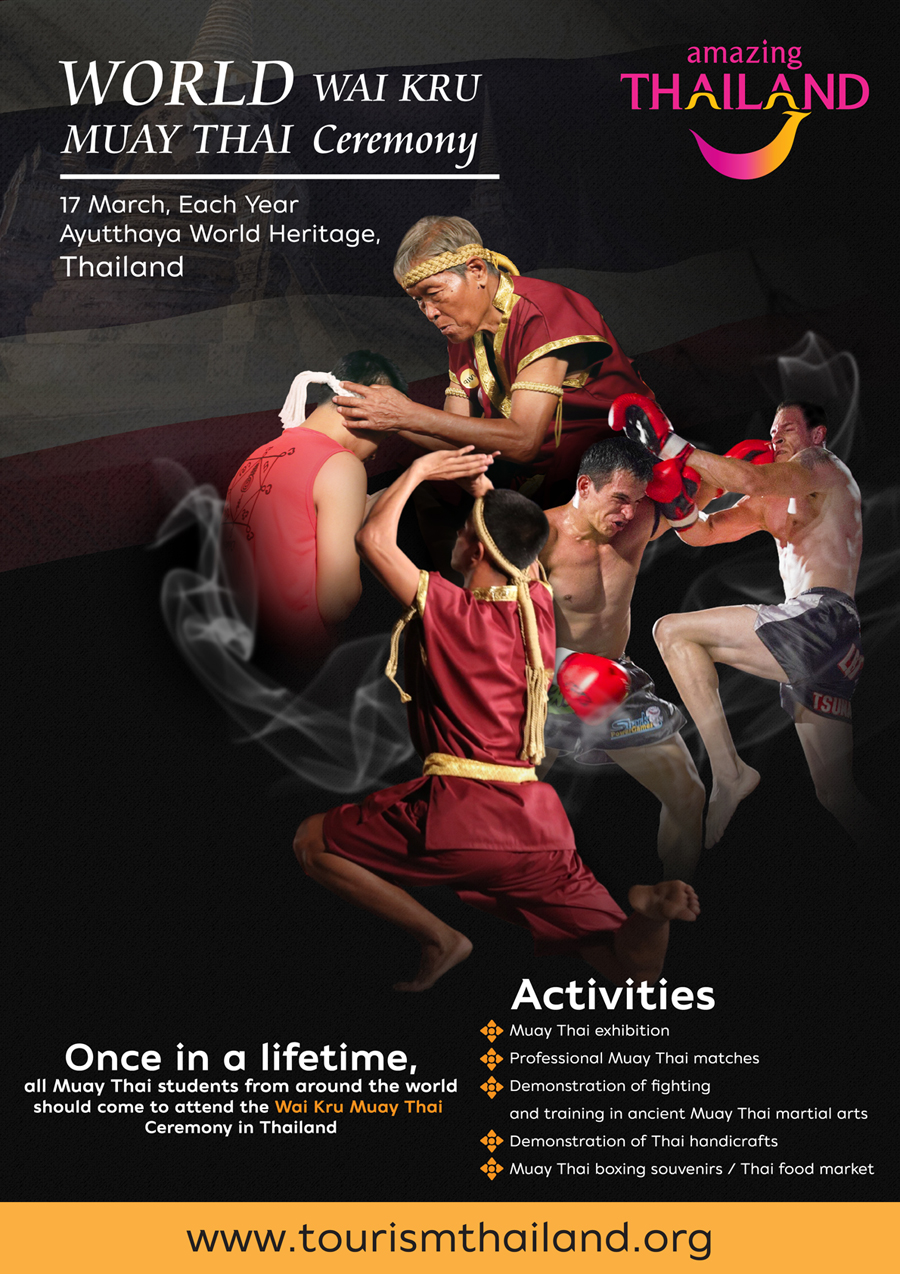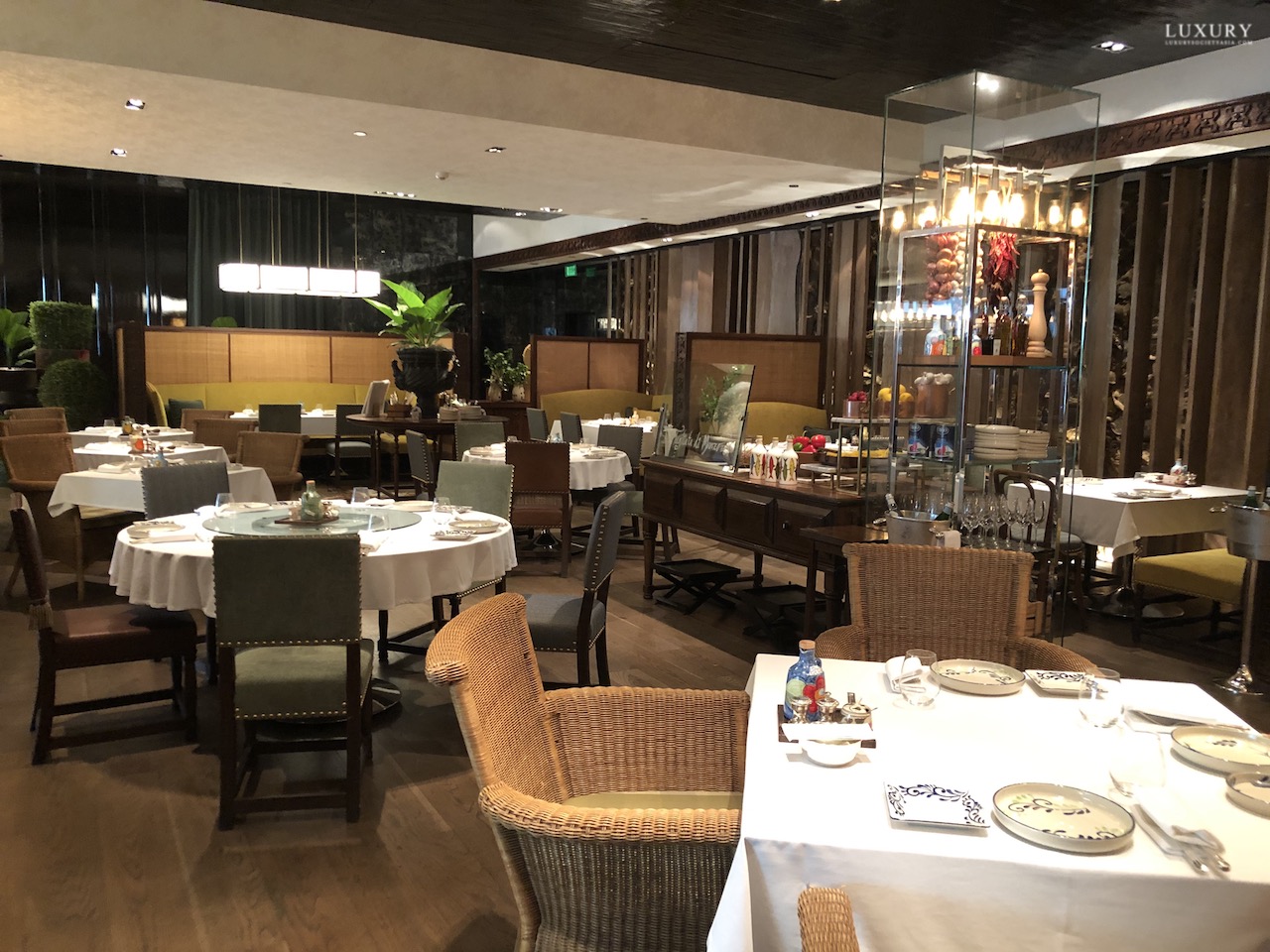The Umbrella People: A Visit To The Craftsmen Of Bor Sang In Chiang Mai
Umbrellas are pretty ubiquitous in Thailand – hardly surprising in a nation where the sun mercilessly beats down for months before the skies release their heavy monsoon rains that soak in seconds – if you’re caught brolly-less.
Umbrellas offer protection from the sun and rain but can play a cultural role as well as a practical one. They are an important symbol of royalty: Thai monarchs sit on thrones under nine-tiered umbrellas, the tiers representing the eight points of the compass and the burden of power. While in Buddhism, the umbrella represents protection from suffering and harm.
Umbrellas and parasols have a long history and have been developed the world over – usually to keep off the sun rather than rain. They’ve been found depicted on ancient Egyptian carvings in Thebes, and the ancient Persian capital Persepolis, and it is thought the opening kind, with ribs supporting fabric, were developed in China over 2,000 years ago. In many nations, umbrellas are seen as a symbol of power – the king of Burma used to be referred to as “The Lord of the 24 Parasols”.
The story behind the famous umbrellas of Thailand is that they were brought back by a monk called Phra Intha, who travelled to Burma (Myanmar) and discovered the people making lovely umbrellas with mulberry bark (sa).
Being oiled, these umbrellas kept people dry as well as cool. Impressed, the monk took some examples back to his home of Bor Sang village in Chiang Mai and taught the people how to make their own. The talented artisans would add distinctive artistic flourishes, and the industry grew as umbrella making gave people work during the rainy season.
Bor Sang remains the centre of handmade umbrella production and they’re made in a huge variety of sizes, alongside large brightly colourful fans and gorgeous lamps. It’s always a pleasure to watch master craftsmen working at their art.
Don’t picture a modern factory. The craftsmen in the village set up a cooperative in 1941 and the Bor Sang Umbrella Making Cooperative is dedicated to maintaining the traditions and craftsmanship of the trade. You can wander around the open-sided wooden workshops and watch each stage of the umbrella making.
The first stage is the preparation of bamboo for the umbrella handle and struts. The workers sit on the floor and their knives move fast, slitting and splitting in a dazzling display of skill. It’s a wonder they don’t cut themselves, especially as most of them are casually chatting with each other as they wield their knives.
With the frame being made, the sa paper (although sometimes cotton or rice paper) is added. The workers turn the umbrella frames, some supporting the base of the smaller umbrellas between their toes. As they turn, the handmade mulberry cover is attached and strengthened and waterproofed with layers of lacquer.
Finally comes the finishing touch – the colourful paint. This is what most tourists want to see because the talent of the artists painting the umbrellas and fans is amazing. Within a few minutes they create lovely patterns or pictures, generally of typical Thai scenes and symbols; such as, elephants, rice fields, sunsets and wildlife.
The umbrella artists won’t stop at painting umbrellas and handicrafts. They offer to paint the bags, shoes and clothes of tourists –so if you bring something to be painted, you’ll have a lovely souvenir.
From the examples, it seems that darker items allow the bright colours to be seen at their best. One young boy was so delighted to have dragons painted on his shorts that his mother might have a hard time getting them back when laundry day comes.
The umbrellas are then fitted with a boss or ferrule at the tip and left to dry. The designs are so eye-catching that they are often bought as house decorations. Tourists normally buy the smaller ones as souvenirs or ordering the larger ones, with custom art to be sent home, which the sellers are more than happy to do.
The umbrellas are so vital to the local economy, that they’re celebrated in a three-day umbrella festival every January. The Bor Sang Umbrella and Sankampaeng Handicraft Festival, sees the streets illuminated by lanterns and strung with the most colourful examples of the sa umbrellas. Of course, there’s a contest to see who can create the best and most beautiful umbrella.
In January, Chiang Mai is wonderfully cool so it’s the perfect time to explore Bor Sang and enjoy the festivities. And don’t forget to buy your own umbrella – the hot and rainy seasons are always around the corner.
Travel tips:
The umbrella making centre is open from 08:30 till 17:00 hrs. each day and can be found on San Kamphaeng Road some 8 km east of Chiang Mai city centre. It’s easy to arrange a tour or hire one of the city’s songtaeos to take you there.
Cr. www.tatnews.org

